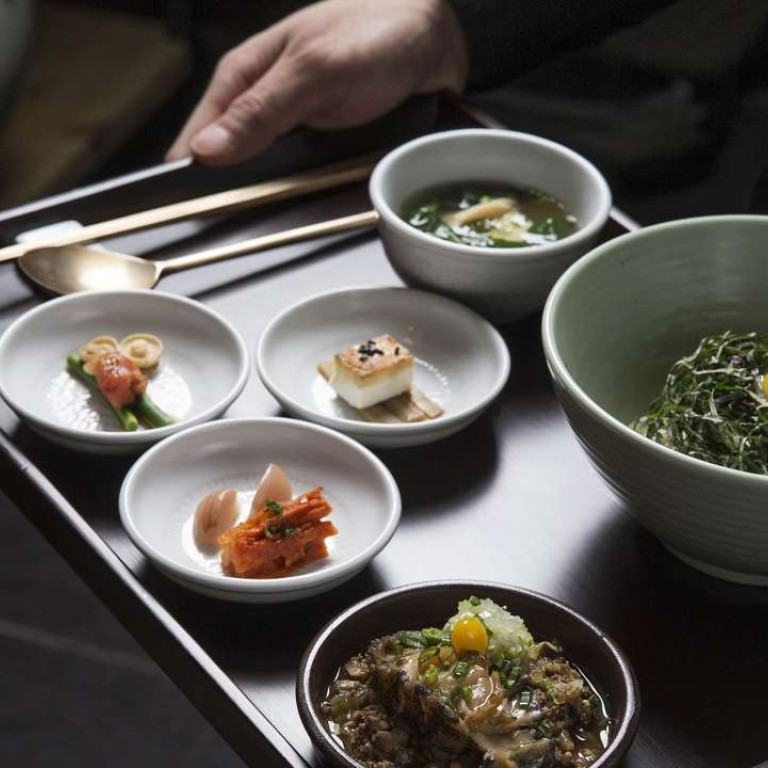Fermentation unleashes a global food revolution

Good bacteria can help improve the digestive system while making food tastier
A small but very powerful transformation is taking the dining world by storm. So small, indeed, it’s microscopic. Despite its size, it’s a process that has been harnessed by every culture in history and is behind some of our favourite food and drink today – it’s fermentation.
From Asia’s top chefs refining age-old recipes of kimchi, miso and fermented tofu to artisan producers around the world making craft beers, all-natural sourdough bread, or the finest organic chocolate, to “food nerds” experimenting with bubbling jars of kombucha, gooey discs of cheese, and mouldy bricks of tempeh in home kitchens, fermented food is growing in fame and glory. Yes, sauerkraut is now sexy.

So says award-winning Peruvian chef at London’s Ceviche and Andina restaurants, Martin Morales.
But while the craze for crafting the fermentation process is growing, there’s nothing new about it. Our ancestors have been making bread and brewing beer for millennia, even though they had no idea of the science behind it. Someone, at some point in our history, left a bowl of ground-up grains – porridge, perhaps – and water in the sun for several hours, saw it start to froth, and decided to experiment with baking it. He or she would not have known that it was bacteria and yeasts naturally occurring in the grains, and floating all around us in the air, that caused the carbohydrates in the porridge to give off carbon dioxide, causing it to bubble. It’s that CO2 that creates the light and fluffy texture we expect from a perfectly baked loaf of bread.
There are many microbes – bacteria and fungi – that cause fermentation, some of them less pleasant than others. Certain fringe fermenters have made bread from flesh-eating bacteria known as clostridium perfringens, a close relative of the microbes that cause botulism, tetanus and food poisoning. An American doctorate student has even made edible yoghurt from her own bacteria.
Our body carries at least as many bacteria cells as human cells, and we rely on these microbes to keep us healthy, especially when it comes to digestion. “There has been a growing interest in fermented foods for the past 30 years,” says Shima Shimizu, who runs classes in fermentation at Sesame Kitchen in Sai Ying Pun.
“People are becoming more aware of gut health, and that we need to nurture the healthy bacteria in our digestive systems. Chinese medicine supports the idea that health starts with digestion – it’s an ancient concept.

“In Japan, my own cultural background, people eat fermented foods with almost every meal. I would call the recent interest in fermentation a revisiting of ancient wisdom.”